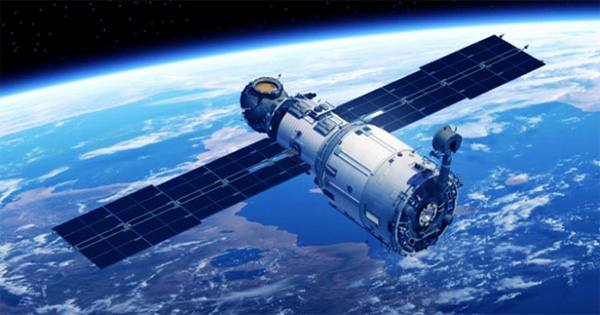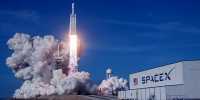BepiColombo, a European and Japanese project, has successfully completed the first of six flybys of Mercury, the mission’s scientific target. The probe was only 199 kilometers (123 miles) above the surface of the tiniest planet on October 1, allowing it to acquire some incredibly detailed photographs of it. “From the spacecraft’s perspective, the flyby was flawless, and it’s fantastic to finally see our target planet,” Elsa Montagnon, BepiColombo’s Spacecraft Operations Manager, said in a statement.
The monitoring cameras on the BepiColombo spacecraft captured the first close-up photographs of Mercury in over six years, revealing enormous impact craters and some of the probe’s own components. The last probe to orbit Mercury was NASA’s MESSENGER, which ended its mission in 2015 when it slammed into the planet’s surface at a speed of roughly 14,000 kilometers per hour (8,750 mph) and formed its own new crater. The closest approach of BepiColombo to Mercury was on the planet’s nightside, at 11:34 p.m. UTC, thus it was not, the best time to snap images. The photographs taken around five minutes after the spacecraft made closest approach, when it was about 1,000 kilometers (600 miles) away, and continued for four hours as it moved further away from the planet.
“Seeing these almost-live photographs of Mercury was an unbelievable feeling,” said Valentina Galluzzi, a co-investigator on BepiColombo’s SIMBIO-SYS imaging system, which will used once in Mercury orbit. “Meeting the planet I’ve been studying since the beginning of my research career makes me very happy, and I’m looking forward to working on more Mercury photographs in the future.”
The region below depicts part of Mercury’s northern hemisphere, including lava-inundated Sihtu Planitia. Also visible are the Raduki plains, a smoother lighter area surrounding the Calvino crater. Because it contains “hollows,” features unique to Mercury where volatile components escape into space, the 166-kilometer-wide Lerminotov crater appears brighter than the rest. When BepuiCollomno arrives, it will investigate these in further depth.
Bepi, as shown below also captured Mercury’s southern hemisphere. The flat bottom of the largest crater, the 251-kilometer-wide Haydn crater, suggests that it, like the rest of the plains, previously flooded by lava. Some of the bright dots visible on the surface are assumed to be “faculae,” or material blasted forth by volcanic eruptions. MESSENGER discovered them, and BepiColombo will learn more about them.
ESA’s Mercury Planetary Orbiter and JAXA’s Mercury Magnetospheric Orbit are the two science orbiters on BepiColombo. They will map the planet’s surface and examine its composition, as well as measure the planet’s magnetic field and the tenuous layer of particles that surrounds it, known as the exosphere. This will reveal crucial information on Mercury’s formation and evolution. Mercury may have lost the majority of its mass because of a massive collision, and the mission could yield evidence to support or refute that theory. It will also provide information on the region’s volcanism and lava flows.
After orbital insertion in December 2025, BepiColombo’s main science mission will begin in early 2026. It will make nine planetary flybys in total to slow down enough to enter Mercury’s orbit without using an enormous amount of fuel. Four have already captured one on Earth, two on Venus, and the first on Mercury. There will be five additional Mercury flybys, the first of which will take occur on June 23, 2022.
















